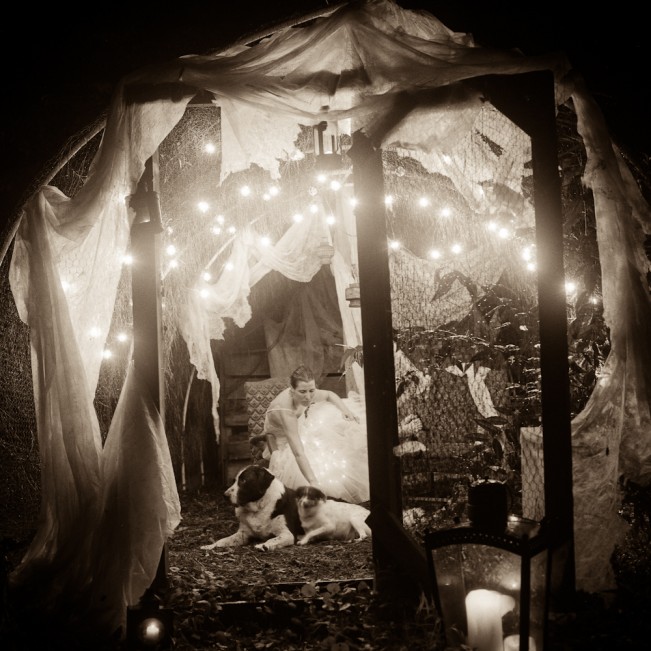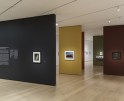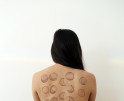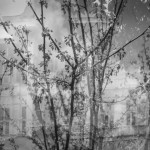The Lori Vrba Interview: The Moth Wing Diaries
The work produced by Lori Vrba stands with the best work of some of the photographic masters of the 20th and 21st centuries. It resonates; it is intimate, and it is emotional. Just as the artist is reflected in the work, the work is reflected in the artist. Those of us who know Lori could not imagine her making anything other: deeply personal, mature, womanly, and seriously engaging to the viewer. — Del Zogg, Museum of Fine Arts, Houston
Anyone who has encountered the ridiculously talented Lori Vrba and the imaginative ways she expresses her life and world through photographs and installation, knows what I’m talking about when I say, it is time to celebrate. Lori is releasing her first monograph, The Moth Wing Diaries, published by Daylight Books, to hit the bookshelves in April 2015.
The book is a photographic narrative about memory, loss, providence, and revival. It explores the artist’s sense of conflict emanating from her childhood trapped in an oppressive culture where she felt like an outsider. She would ultimately escape from it and find peace, freedom, and a state of grace within the Southern landscape of Chapel Hill, North Carolina. The photographs in the book were all made in Lori’s backyard in North Carolina where she has lived with her husband and three children for the past seven years. Lori’s work reveals the artist’s powerful connection to the earth, her vulnerability and strength, and her femininity. The word romantic in this monograph is reconsidered as not so saccharin-sweet, but mystical, intelligent and boldly vulnerable. Lori’s work reveals the artist’s powerful connection to the earth, her vulnerability and strength, and her femininity.
Lori writes, “My life experiences have brought me to this place where I find myself overwhelmed with the drive to make photographs about who I am, what I feel inside, what I believe to be sacred and enduring. I am inspired by moments that hold contradictions… like a big lightning storm that is really uncomfortable and really beautiful at exactly the same time. Such duality is true for the very best things in life. Loving someone is uncomfortable and beautiful. Having children is uncomfortable and beautiful. Being an artist is uncomfortable and beautiful.”
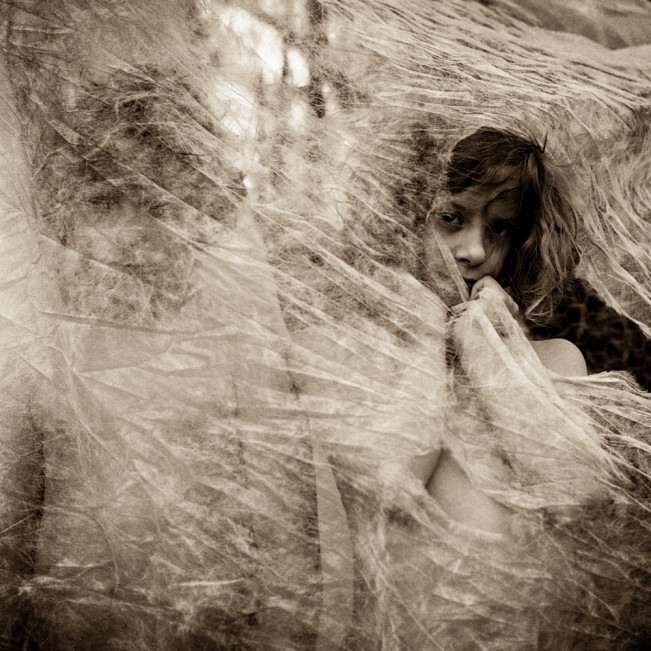 Lori was raised in a rural town in Southeast Texas with no exposure to art. She spent most of her childhood outdoors stick-drawing in the dirt and playing house in the woods. Her first encounter with photography occurred when she discovered a trove of family snapshots hidden in her mother’s chest of drawers that represented decades of family history. Lori’s parents had never talked about the hard times they had left behind, and Vrba grew up without knowing her extended family. She spent hours studying the intriguing, anonymous faces in these photographs that she writes were “whispering stories from a piece of time that mattered to someone.” This childhood experience ignited Vrba’s passionate love affair with photography. Not surprisingly, her work is deeply personal and focuses on self-discovery and family.
Lori was raised in a rural town in Southeast Texas with no exposure to art. She spent most of her childhood outdoors stick-drawing in the dirt and playing house in the woods. Her first encounter with photography occurred when she discovered a trove of family snapshots hidden in her mother’s chest of drawers that represented decades of family history. Lori’s parents had never talked about the hard times they had left behind, and Vrba grew up without knowing her extended family. She spent hours studying the intriguing, anonymous faces in these photographs that she writes were “whispering stories from a piece of time that mattered to someone.” This childhood experience ignited Vrba’s passionate love affair with photography. Not surprisingly, her work is deeply personal and focuses on self-discovery and family.
Lori shoots with an old Hasselblad and develops the film by hand in her home darkroom where she also does all of the processing, printing and toning herself. She uses a unique toning solution consisting of a heavy dilution of selenium and tea to bring out the personality and detail. Her artwork is imbued with a 19th-century look and feel. She considers her exhibition installations as an important extension of the work itself with recent examples of such in New Orleans, Atlanta, Santa Barbara and Houston. She is represented by Catherine Courturier Gallery in Houston. Her work is held in the permanent collections of the Lishui Photography Museum in China and The Museum of Fine Arts Houston.
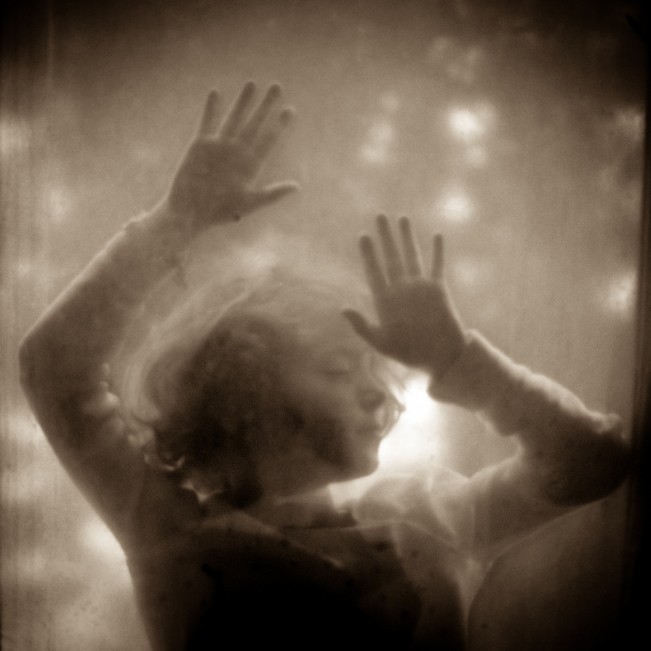 I can’t wait to hear all about the book, but I want to start at the beginning. Tell us about your growing up and what brought you to photography.
I can’t wait to hear all about the book, but I want to start at the beginning. Tell us about your growing up and what brought you to photography.
I grew up in Vidor, Texas. Dave Anderson has a wonderful series and book called Rough Beauty. That’s my hometown. It’s a rough place and I knew I didn’t belong nor did I want to. The town is notorious, especially in Texas, and I felt frustrated with judgements and assumptions most people had for me just because of where I was from so I lied about it until I was well into my 40’s. And then I finally thought, screw that. I am who I am, and Vidor is part of my story.
Photography was not on my radar until I was a grown woman. I have three children, and there was about a ten-year stretch of time where my life as a mother was intense; Intensely frightening, intensely beautiful, exhausting, rewarding, depleting…all in one day. And that day repeated itself over and over again for what felt like a thousand years. It was during that time that I became obsessed with making photographs about what that felt like to live. Photography has really been about personal exploration and expression for me since Day One.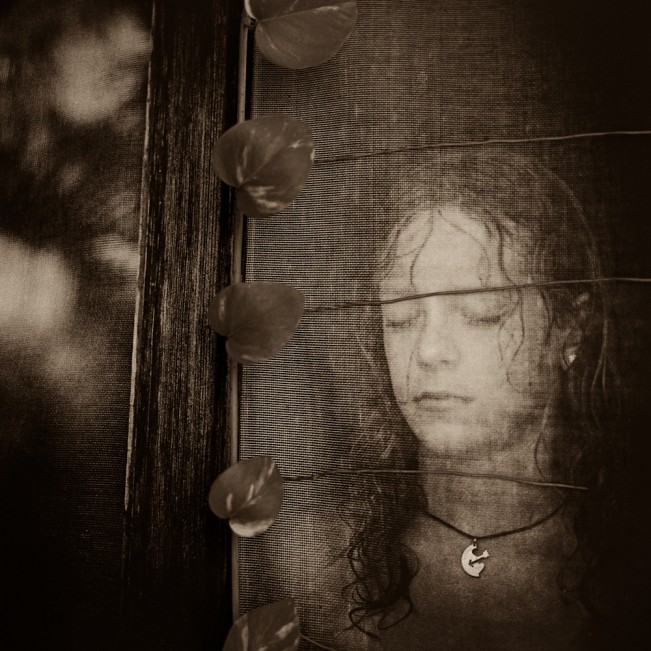 Who and what were your inspirations?
Who and what were your inspirations?
I’d like to speak to my present day inspirations. The list is long but to name a couple of my contemporaries who I can’t get enough of…Vojtek Slama (Wolf’s Honey aaaagghhh) and KK DePaul (I bow to your awesomeness). I am always inspired by music and words and nature. And the ridiculousness of my daily life with children still at home…ridiculous beauty and chaos and surrendering. Also, bravery inspires me and restores my faith in humanity; people sharing or committing themselves in a real, vulnerable way, particularly in art, is not only inspiring for me as an artist but as a person.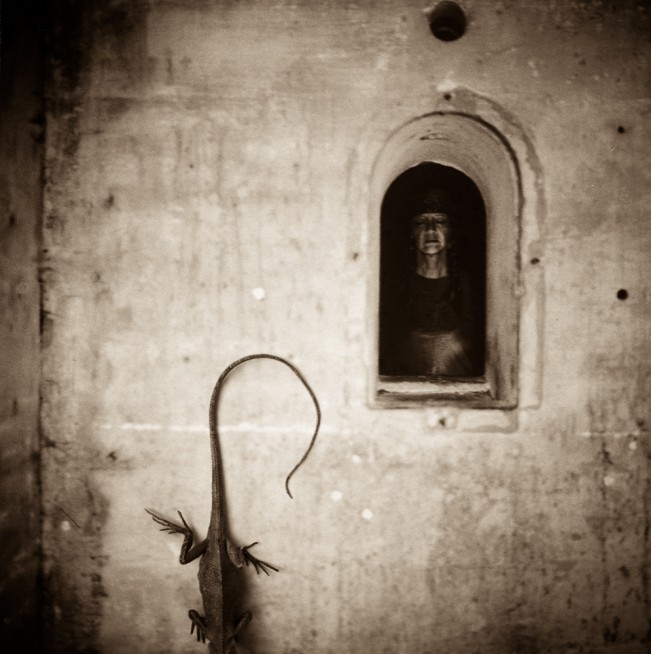 At what point did you develop your signature style?
At what point did you develop your signature style?
It’s not something I consciously developed. I think my work has looked uniquely my own from the beginning. I came to the medium later in life with a clear viewpoint and mature sensibilities. I suppose it’s one advantage of being a little late to the party. You are still a film shooter and process and print all your work–can you talk about this methodology and film vs. digital?
You are still a film shooter and process and print all your work–can you talk about this methodology and film vs. digital?
I can speak to it very simply…every artist should love their process. I am shamelessly sentimental about film. I love not knowing if I have the shot. Processing new rolls is better than Christmas morning. Watching a print come up in the tray is not like magic…it is magic. And toning is like a deep conversation between me and the finished print. The print tells me who it’s going to be, and I listen. I am grateful to wake up every morning and go to work in hope and romance and magic. Call me crazy.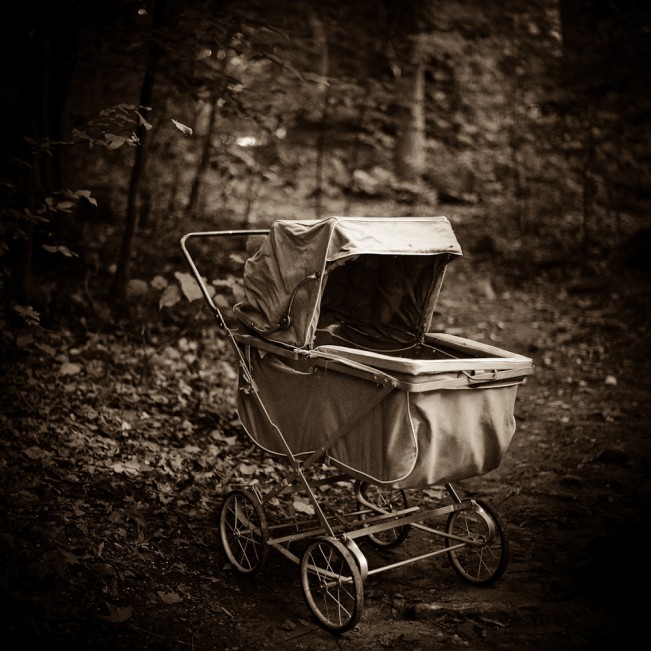 How did you develop you signature toning quality?
How did you develop you signature toning quality?
I’ve been experimenting with different toning and staining techniques for as long as I’ve had my own darkroom which is almost eight years. Right now, I’m doing a sepia/selenium split that I think suits the work, and it took hundreds of ruined prints to move through the learning curve for this combo. How did the book come about and how did you go about selecting images?
How did the book come about and how did you go about selecting images?
Daylight approached me and asked if I would be interested in making a monograph. Ummm yes please?
I knew that I wanted the book to hold imagery from the four focused projects I’ve been committed to; Safekeeping, My Grace Is Sufficient, Piano Farm and Drunken Poet’s Dream. I also knew that it would not be separated according to the different series. My intention was to weave a visual narrative that is the story of me. Ursula Damm is the book designer, and she was a wonderful partner in the edit. She brought fresh eyes that made everything come together.
 What have you learned going through the process of editing and presenting your work? Has the experience brought up any emotions?
What have you learned going through the process of editing and presenting your work? Has the experience brought up any emotions?
Oh, my. I think I came to this with some confidence in my ability to edit my own work. But making a book is something I have never done on any level. I am pleased that there are images that have never been seen and surprised by some that have been omitted. I stayed true to serving the book rather than my ego if that makes any sense. I am humbled and deeply moved by this privilege of having a published monograph and slightly terrified. I have a new baby, and I love it and I want you to love it too.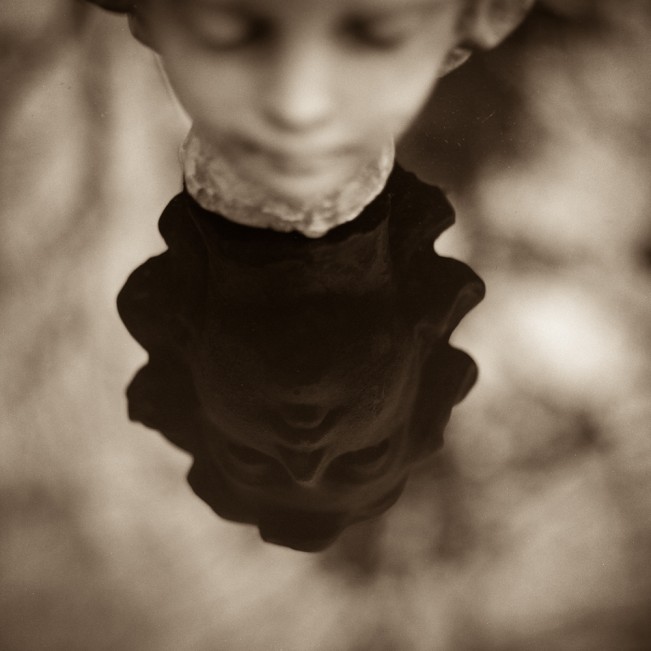 You have such a deep well with which to make imagery–I am always amazed at your level of creativity, not only in your work but in your presentation. What supports and generates that creativity?
You have such a deep well with which to make imagery–I am always amazed at your level of creativity, not only in your work but in your presentation. What supports and generates that creativity?
I work in some way seven days a week. I plan on living to be a hundred, and I’m still not going to have enough time to get it all in. Creating this work is my salve for what is not quite right about me and my life, and it is also my reward for what is absolutely right. I am profoundly affected by space and have a heightened awareness of everything around me. My home and studio reflects my need for visual stimulation, and I can’t help but bring that sensitivity to every installation, exhibition or any form of presentation. Another very relevant piece of this is the fact that I moved to North Carolina 8 years ago after living in Texas for my entire life. Mind. Blown. I am blown away by the four seasons, the landscape, and the southern culture. I am wide-eyed and living in wonder, and this is no exaggeration. My personal work got real serious when my feet hit the Carolina dirt.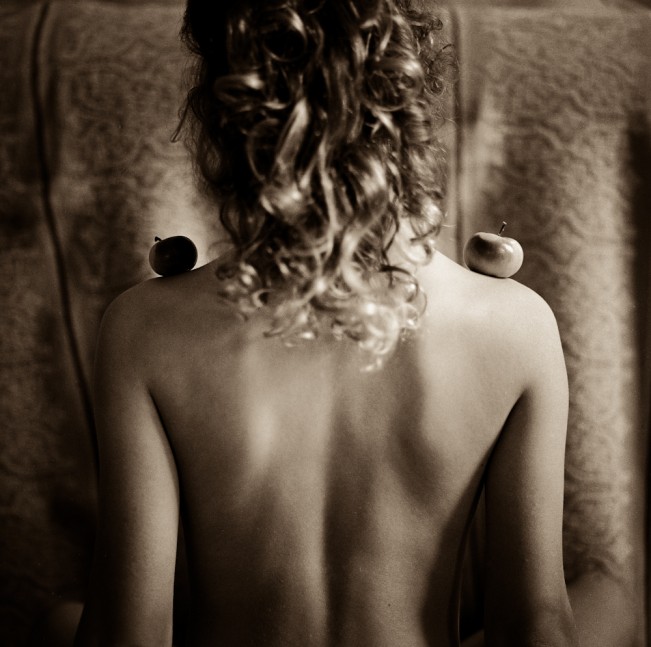 Last year, I featured the amazing collaborative exhibition that you and the Posse created at the SLOW Exposures Festival. Tell us how the group got started and what you get as an image maker from a photography collective.
Last year, I featured the amazing collaborative exhibition that you and the Posse created at the SLOW Exposures Festival. Tell us how the group got started and what you get as an image maker from a photography collective.
Anne Berry gets the credit for cultivating this idea for what is now Posse. I first met Anne in Ireland several years ago and loved her right away. We stayed in touch, and she started this wonderful conversation and then we met Ann George and S.Gayle Stevens at PhotoNOLA and here we are. My work is always strengthened by time spent in their company and good counsel. We recognize how fortunate we are to have this committed unit, and we protect it fiercely…four mama bears taking care of business and each other. Posse is really a finely honed example of one of the very best things about living a photographic life: a rich, accessible, supportive community. Our medium is awesome in this way.
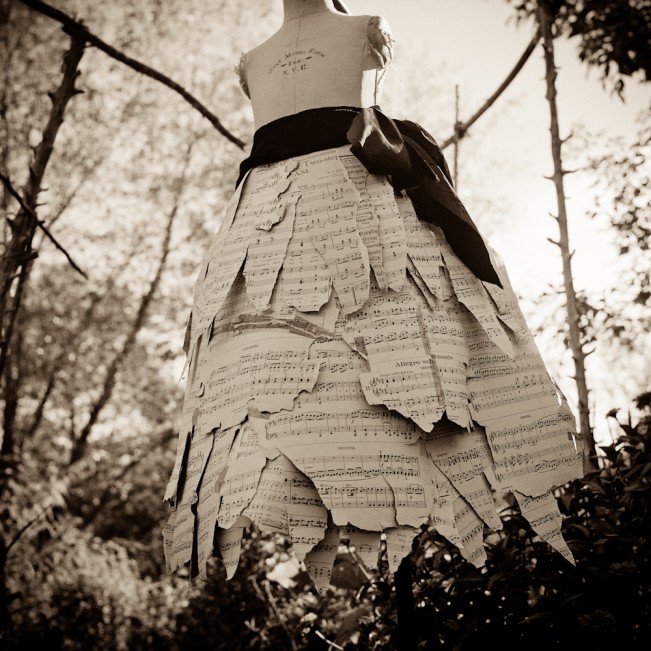 Do you have shows and book signings lined up?
Do you have shows and book signings lined up?
YES! I have a show at the Daylight Project Space in Hillsborough, NC March 27th-May 22nd and at the Horace Williams House here in Chapel Hill opening April 12th. The Daylight artists will be doing a signing in NYC for AIPAD April 18th and then in LA May 1-3 for Paris Photo LA. I open in Houston at Catherine Couturier Gallery on June 6th, and there will be a number of events through out the summer there. And I’m excited about an exhibition with Eliot Dudik for LOOK3 in Charlottesville, VA. This is Gabrielle Larew’s baby, and she has curated an evocative show that opens June 13th. And I am presenting at the North Light Photographic Workshops for Photostockfest June 18th-21st.
Forward motion. Always.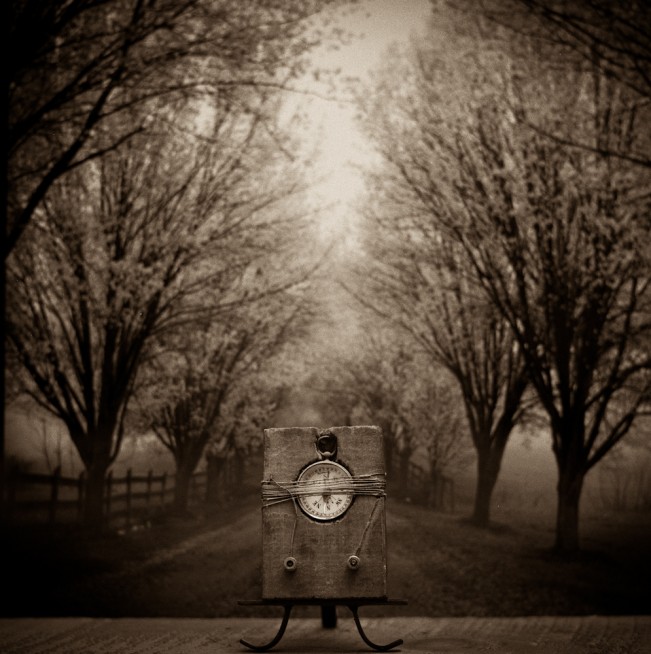 What’s your biggest vice?
What’s your biggest vice?
Dirty Vodka Martini
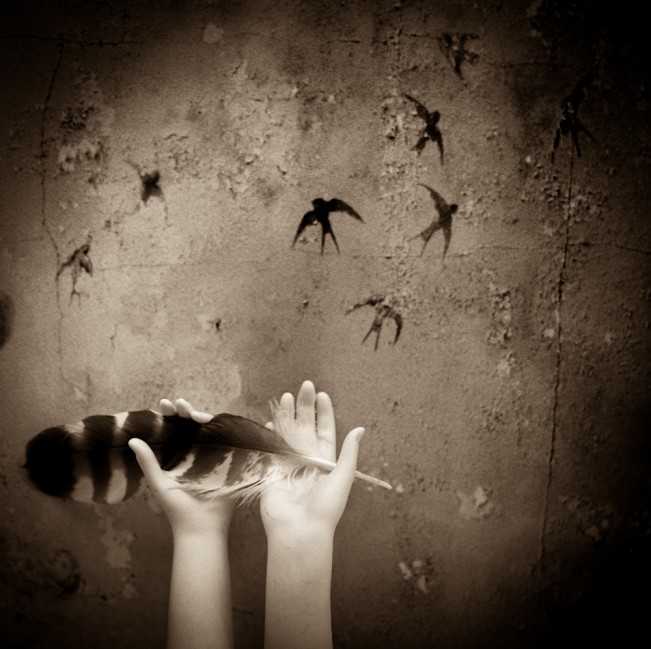 Tell us something unexpected about you…
Tell us something unexpected about you…
I am not a natural blonde. 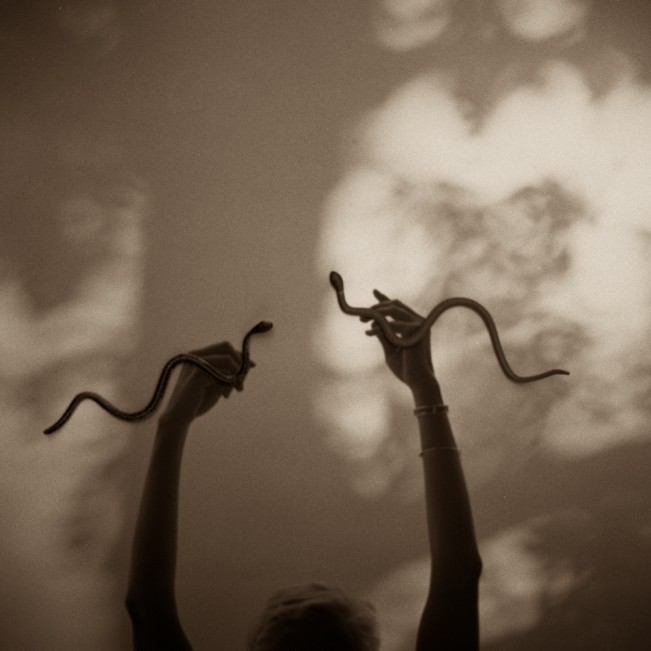 And finally, describe your perfect day….
And finally, describe your perfect day….
I wake up at the beach. Or my house in the snow. I spend the day with art, music, food, wine and the people I love most in the world. There is dancing.
Posts on Lenscratch may not be reproduced without the permission of the Lenscratch staff and the photographer.
Recommended
-
Time Travelers: Photographs from the Gayle Greenhill Collection at MOMADecember 28th, 2025
-
Suzette Dushi: Presences UnseenDecember 27th, 2025
-
Ragne Kristine Sigmond: Portraits of Painterly LightDecember 2nd, 2025
-
Mary Pat Reeve: Illuminating the NightDecember 1st, 2025



